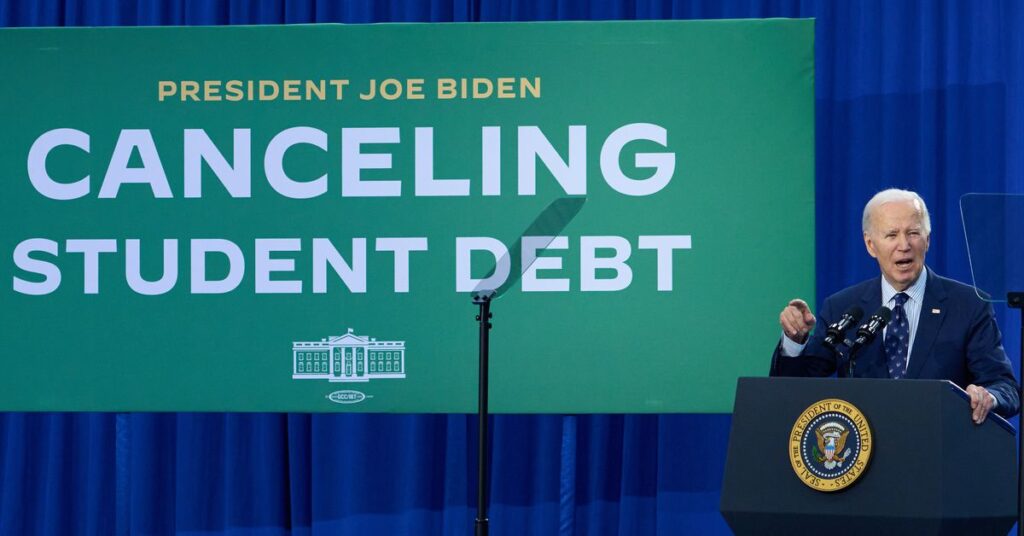Nearly a year since the conservative majority on the Supreme Court struck down the Biden administration’s sweeping attempt to forgive student loans, the White House is now announcing more specifics on its Plan B.
This second attempt is less all-encompassing than the first, which would have forgiven up to $10,000 in debt for most borrowers, but it’s still pretty ambitious. Plan B invokes a different legal authority than the one used in 2022, builds off existing programs that haven’t faced the same kind of legal pushback, and is much more targeted, all in an attempt to avoid the fate that the first loan forgiveness plan faced at the Supreme Court.
Still, the Biden administration is likely to face opposition from Republicans and conservative critics, who may try to use the federal court system again to derail the plan. It’s also unclear whether voters, especially younger ones, will give Biden credit for this attempt since it largely applies to borrowers who have had debt for a long time, like millennials and Gen Xers.
Combined with other loan forgiveness plans implemented during President Joe Biden’s term, Plan B would, according to the White House, relieve debt for more than 30 million Americans. Under this new plan, more than 4 million Americans will have their entire debt canceled and 10 million more would see at least $5,000 of relief. Another 23 million would have their accrued interest, the additional debt that borrowers have been saddled with on top of the principal, wiped away.
Any relief is likely at least a few months away. The plan announced Monday is the result of a regulatory process that started a month after the Supreme Court struck down the first plan and it still requires a public comment period before anything can go into effect — meaning that the earliest that debt relief would begin is likely this fall.
Who would get student loan forgiveness under Biden’s plan?
This plan would target five kinds of borrowers, and in most cases…
Read the full article here





